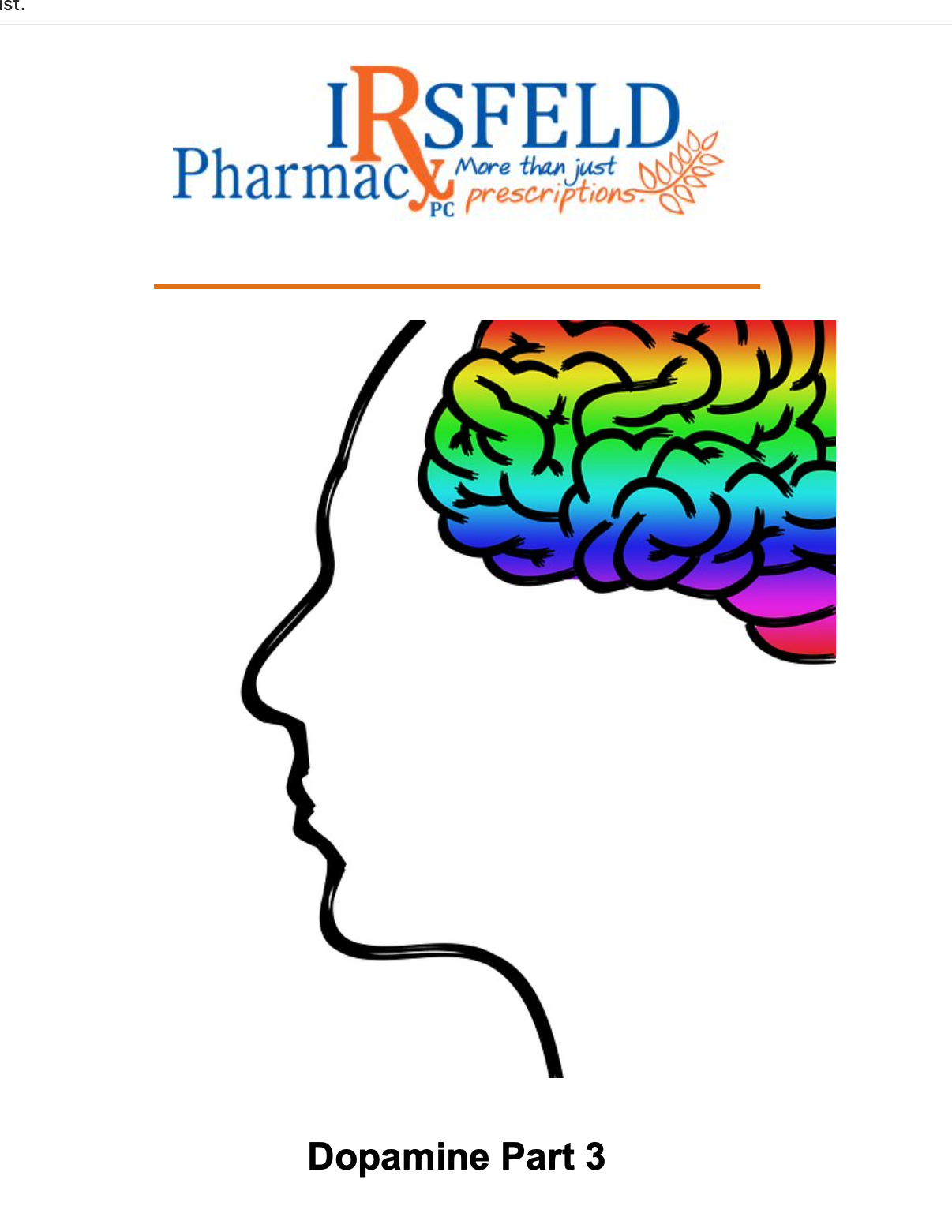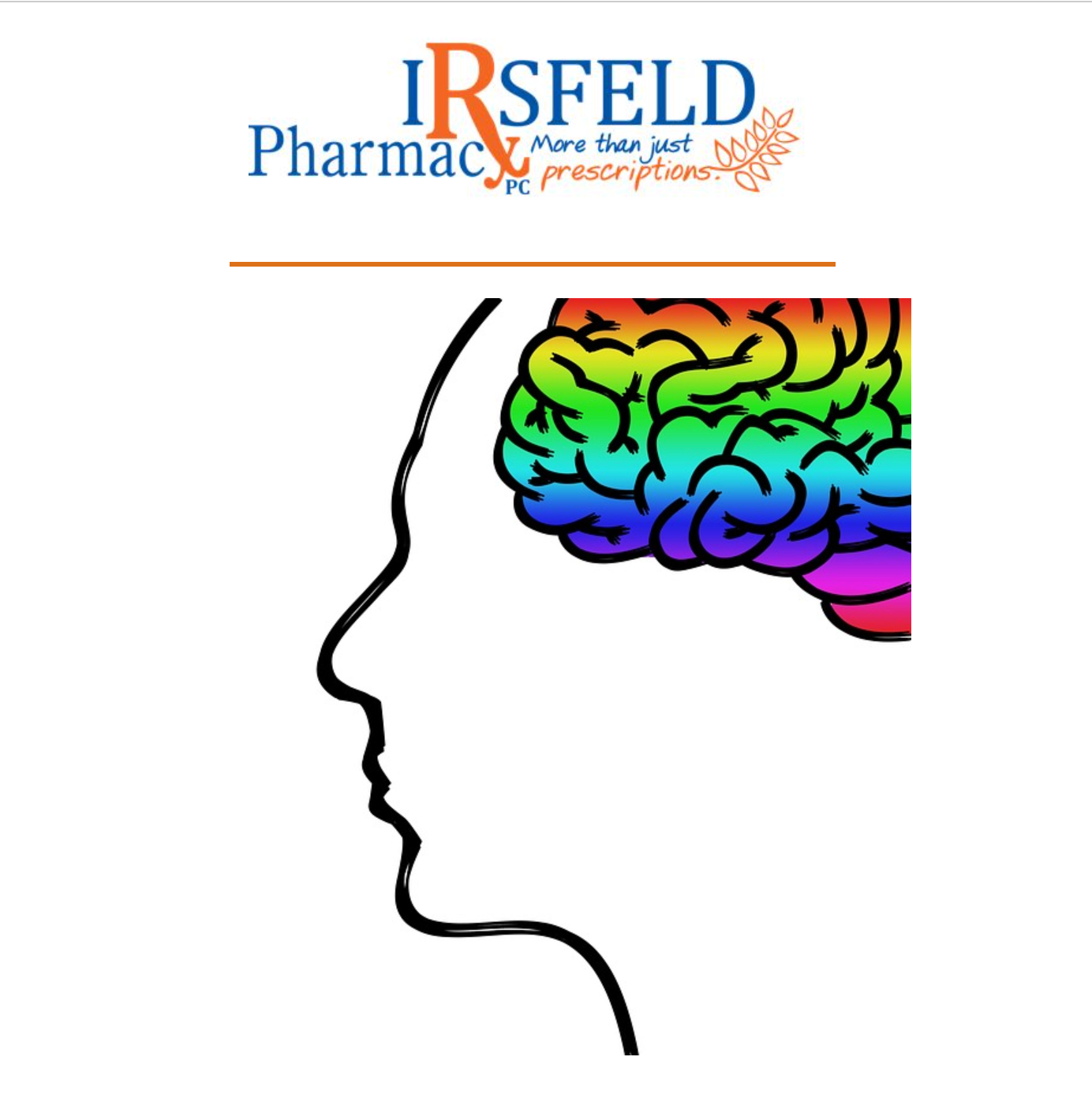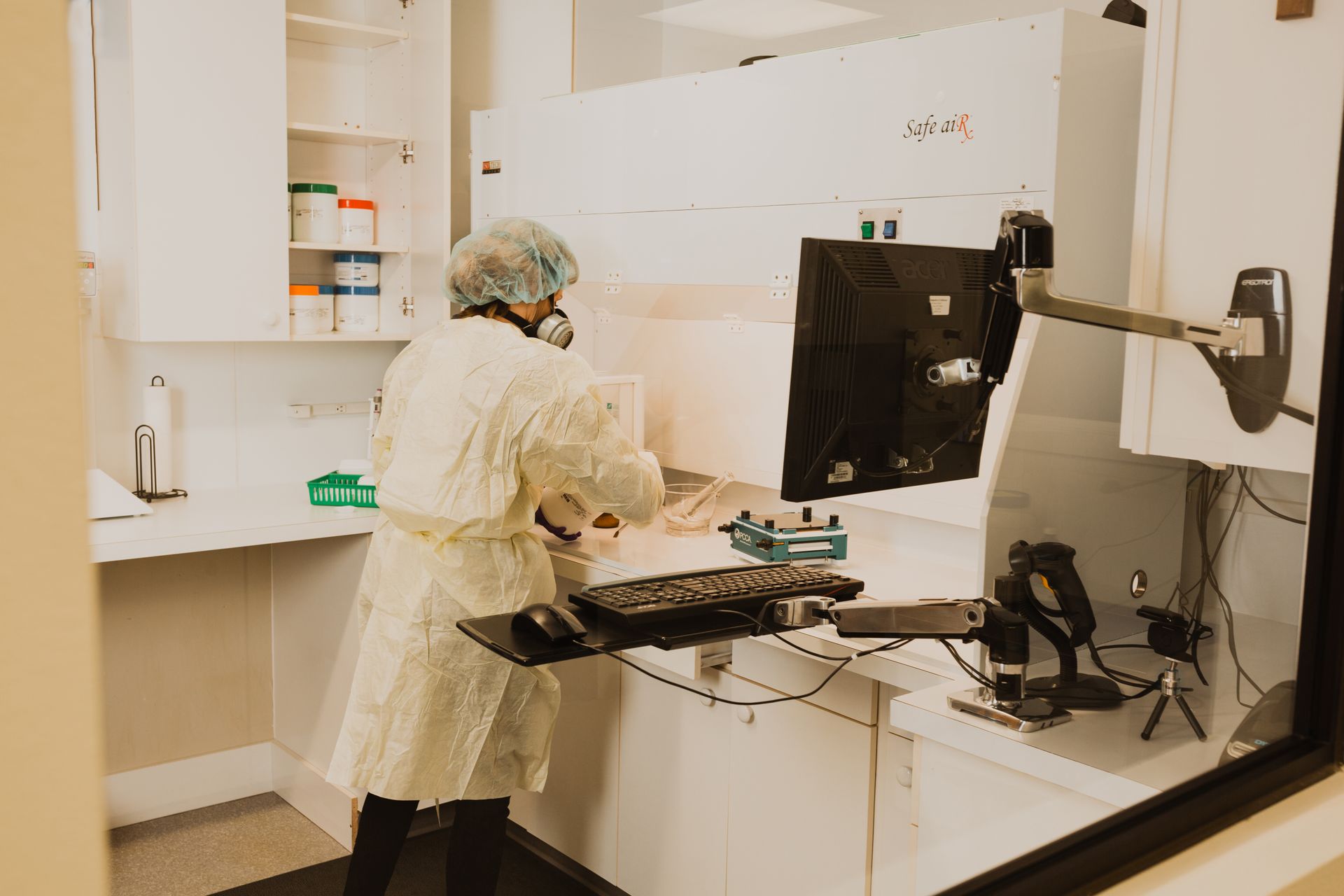The topic collagen comes up regularly in conversations at the pharmacy and someone recently asked me to write an article on it. Several years back I briefly addressed it in an article on bone broth but here is a little deeper dive into the topic with more information.
Collagen is a protein found in bones, skin, cartilage, ligaments, tendons and bone marrow. Think of it as the "glue" that keeps us together. As we get older, our joints naturally experience wear and tear, and we become less flexible, part of this is due to the body's decreased production as we age. Collagen is the primary source of protein in our body and it is found in the connective and fibrous tissues.
Collagen is an amino acid built from peptide chains and is a concentrated source of the amino acids, proline and glycine. These two proteins are not found in conventional animal proteins which are the most common source of protein in the standard American diet. They are found in organ meats which very few of us eat (think liver and onions).
Collagen helps to form elastin and other compounds within skin that are responsible for maintaining the skin's youthful tone, texture, and appearance. These peptides may also help support elasticity and hydration of the structural components of skin and nails.
Clinical studies demonstrate oral supplementation with collagen helps promote healthy skin and nails by stimulating natural collagen production processes along with other proteins in the body. It has also been linked with reducing the visible signs of wrinkles, puffiness and various other signs of aging. Some have even found a decrease in cellulite when consuming foods and supplements containing collagen.
Have you ever felt like you've got "wooden legs," the types that feel “stiff as boards” and cause pain when you move? This is most likely due to a decrease in collagen because when we lose collagen, our tendons and ligaments start moving with less ease, leading to stiffness, swollen joints and more.
We often hear of the cushion between the bones in our knees and how that is wearing away and behave bone on bone. Collagen allows us to glide and move without pain due to the smooth structure that covers and holds bones together. A 2006 study looked at using collagen for osteoarthritis. The study indicated that there was evidence supporting is used for this condition.
Another clinical study showing it to be helpful in patients suffering from rheumatoid arthritis. Patients found relief from painful symptoms by decreasing swelling in tender joints.
Healthy bones, ligaments, and tendons are the result of healthy collagen in the skeletal system. Collagen in the bones, ligaments, and tendons supports flexibility, elasticity, and mobility. Clinical studies demonstrate supplemental collagen's ability to help promote healthy bone collagen matrix.
Lifestyle, that word no one wants to hear about because it is a code word for "change", can affect collagen levels. Diets high in sugar, smoking and high amounts of sun exposure can all deplete our collagen over time. Another factor that we can't control and has the greatest effect on collagen is the aging process which happens when gravity takes over and we get wrinkles, sagging skin, and sore, worn-out joints.
Obtaining collagen from food can be done by making bone broth which made is by simmering the bones, ligaments, etc., for up to a day or more, which leads to the release of the beneficial ingredients including collagen, amino acids, glutamine, glucosamine, chondroitin, and minerals including calcium, magnesium, and phosphorus. If you don't want to go through this process, you can purchase bone broth but always look for organic, as well made from grass-fed animal bones.
If bone broth is not your thing, collagen is available as a dietary supplement. There are different forms of collagen that work on different parts of your body. The most common types are I, II, III, V, and X. This is where finding a good quality collagen product that fits your needs and has the science to back it up is important.
The collagen we recommend is Dynamic Multi Collagen Renew because it has each of these types in it.The sources are proprietary and include following forms Fortigel®, Fortibone®, Tendoforte®, and Verisol®. Each form has been studied to show effectiveness which is why we choose to promote this product.
VISIT US
HOURS
HOURS
CONTACT US
Fax #: (701) 483-4926












Share On: